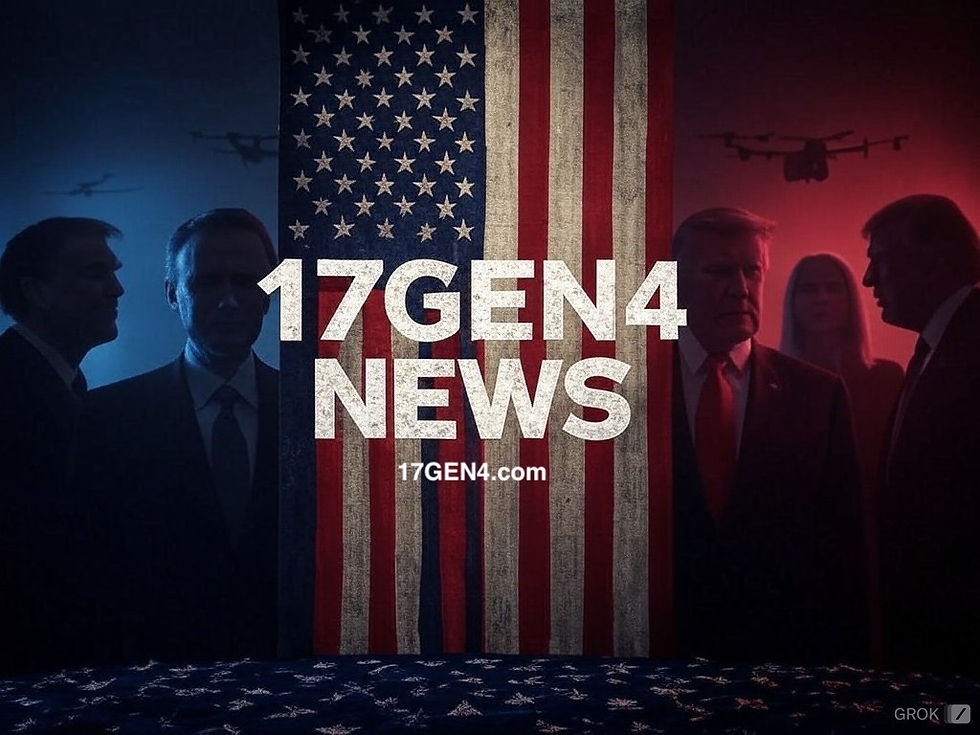fractal
- AI Art

- Oct 3, 2023
- 3 min read
Fractals, intricate and infinitely complex mathematical patterns, have captured the imagination of artists, scientists, and mathematicians for decades. These mesmerizing structures, characterized by self-similarity and intricate detail, reveal the beauty and elegance of mathematical principles in visual form. In this article, we will embark on a journey into the captivating world of fractals, exploring their origins, properties, artistic applications, and their enduring allure as a source of inspiration and creative expression.
Understanding Fractals
Fractals are geometric shapes or patterns that exhibit self-similarity at different scales. This means that as you zoom in or out on a fractal, the same intricate patterns repeat themselves, creating an infinite depth and complexity. Fractals can be generated using mathematical algorithms and equations, producing images that showcase intricate detail and complexity within a limited range of mathematical parameters.
Historical Origins
Although the concept of fractals gained significant attention in the late 20th century, the roots of fractal geometry can be traced back to various cultures and time periods:
Ancient Islamic Art and Architecture: Islamic art and architecture have long embraced intricate geometric patterns, some of which display self-similarity and recursive structures that predate the formal study of fractals. These designs were often inspired by Islamic principles and mathematics, reflecting a deep understanding of the interconnectedness of geometric forms.
Mandelbrot Set and the Birth of Fractal Geometry: The study of fractals as a branch of mathematics gained prominence with the work of mathematician Benoit Mandelbrot in the 1970s. Mandelbrot introduced the concept of fractal geometry and coined the term "fractal" to describe these intricate and self-similar patterns.
Properties and Characteristics
Fractals possess several key properties and characteristics that define their unique nature:
Self-Similarity: Fractals exhibit self-similarity, meaning that they maintain the same pattern or structure at different levels of magnification. As you zoom in or out on a fractal, you will continue to see similar patterns repeated.
Infinite Detail: Fractals are infinitely complex, with intricate detail visible at any level of magnification. This infinite level of detail is a result of the recursive nature of fractal generation algorithms.
Fractal Dimension: Fractals have a fractional or non-integer dimension, known as fractal dimension. Unlike traditional geometric shapes with integer dimensions (such as lines, squares, or cubes), fractals possess a dimension that is a fraction, indicating their intricate and complex nature.
Artistic Applications
Fractals have found a significant place in the world of art, serving as a source of inspiration and a medium for creative expression. Artists and designers have explored various ways to incorporate fractals into their work:
Fractal Art: Fractal art involves the creation of visual artworks using fractal geometry and digital tools. Artists use specialized software to generate and manipulate fractal patterns, resulting in mesmerizing and intricate compositions.
Fractal-Based Textures and Patterns: Fractals have been employed in digital design and graphic arts to create textures, patterns, and backgrounds. Fractal-based designs can add depth, complexity, and a sense of organic beauty to various visual media.
Generative Art: Fractals serve as a powerful tool in generative art, where algorithms and mathematical formulas are used to create dynamic and evolving artworks. Generative artists harness the infinite possibilities of fractals to generate new and unique visuals in real-time.
Scientific and Technological Applications
Fractals have also found practical applications in various scientific and technological fields:
Computer Graphics and Visual Effects: Fractals have been utilized in computer graphics and visual effects to create realistic and intricate natural landscapes, textures, and organic forms. The recursive nature of fractals allows for the generation of detailed and visually stunning environments in digital media.
Data Compression and Encryption: Fractal-based algorithms have been employed in data compression techniques, enabling efficient storage and transmission of complex visual data. Fractal-based encryption methods have also been explored for secure data transmission and storage.
Modeling Natural Phenomena: Fractals have been used to model and simulate various natural phenomena, such as coastlines, cloud formations, mountain ranges, and plant growth patterns. The self-similarity and intricate detail of fractals allow scientists and researchers to better understand and simulate complex natural systems.
Fractals, with their infinite detail, self-similarity, and captivating beauty, offer a fascinating glimpse into the interconnectedness of mathematics, art, and science. From ancient Islamic art to modern digital creations, fractals have permeated various artistic, scientific, and technological realms, inspiring awe and igniting our curiosity about the underlying principles of the natural world.
As technology advances, the exploration and application of fractals will continue to evolve, offering new insights, creative possibilities, and practical applications. Whether used to create mesmerizing artworks, simulate natural phenomena, or optimize data processing, fractals will undoubtedly remain a source of inspiration, pushing the boundaries of our understanding and appreciation of the intricate beauty found within mathematics and the world around us.
Upload and sell your AI art.
Automated print on demand drop ship order processing directly to customers.
You set the price and get paid when your work is purchased.
Click here to get started.
FREE AI image generator included. Create, Post and sell AI art all on one platform.
__________

Comments